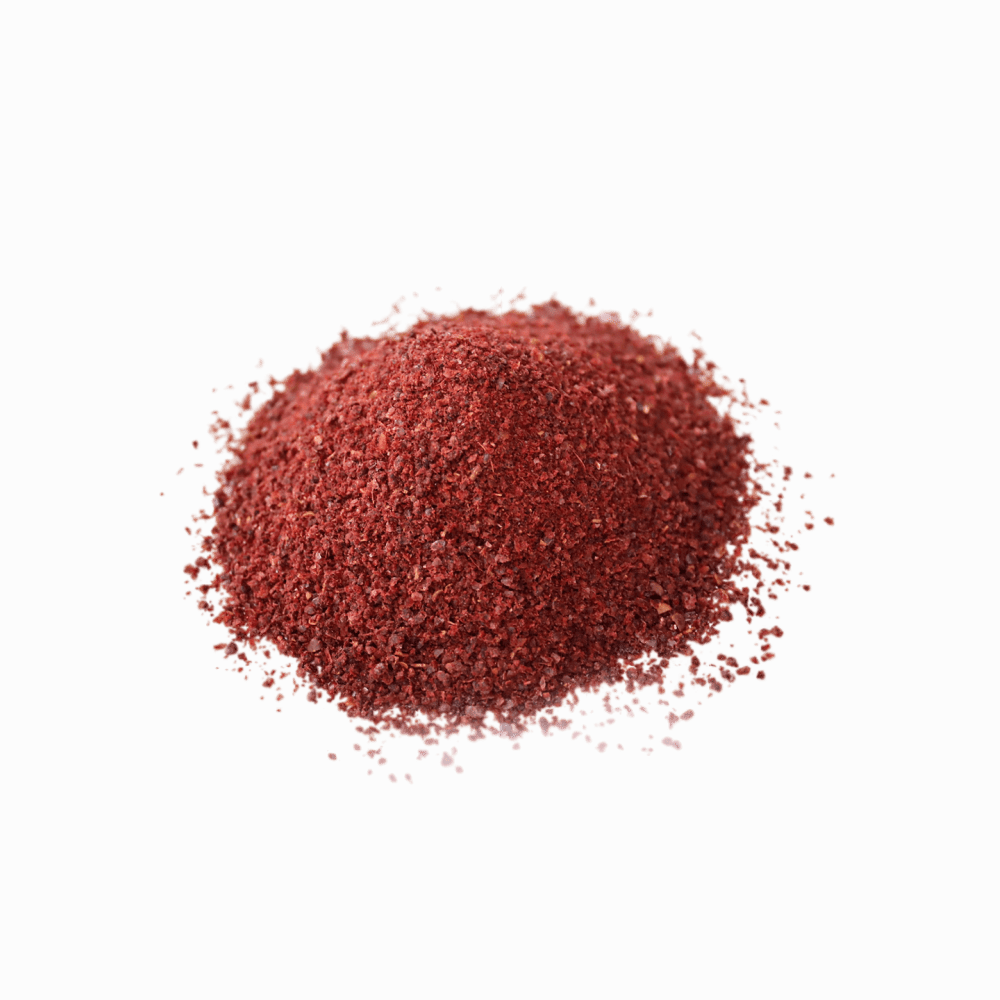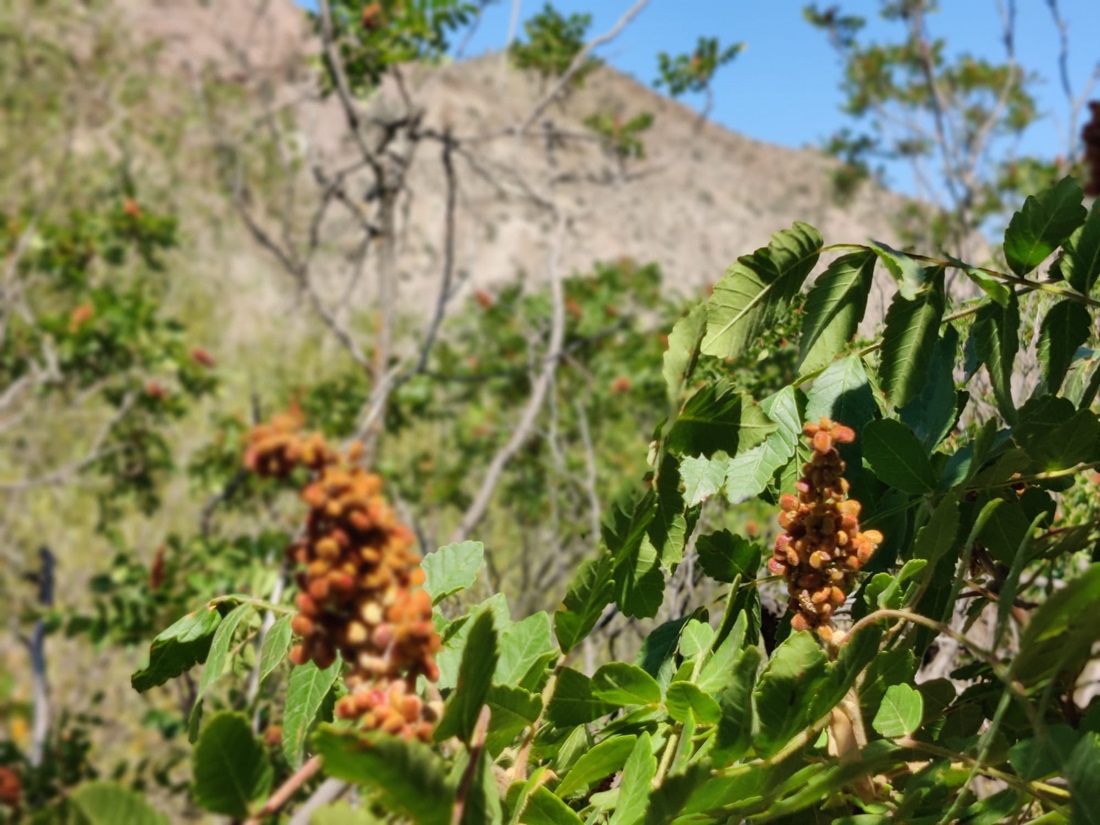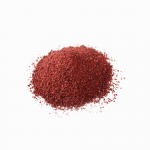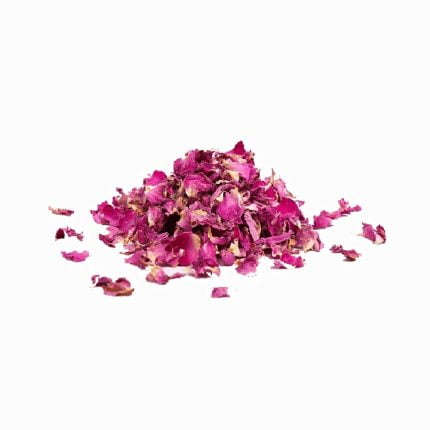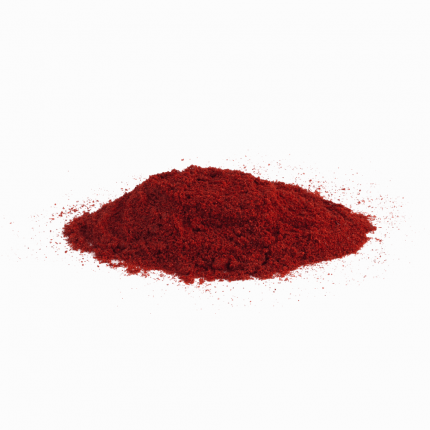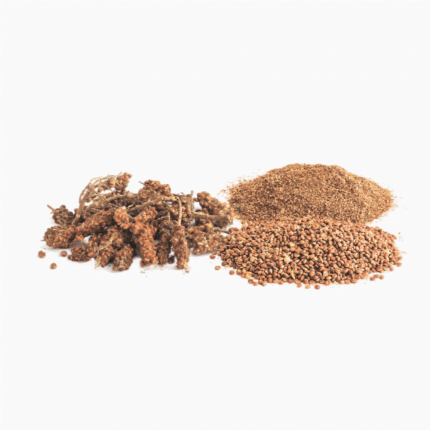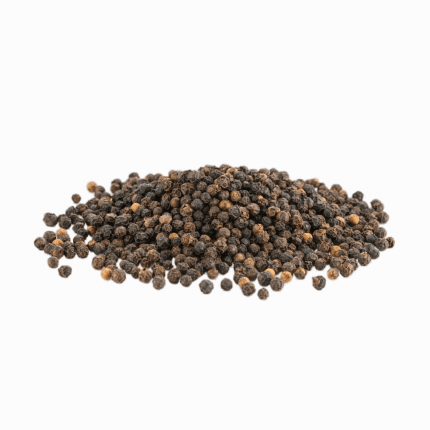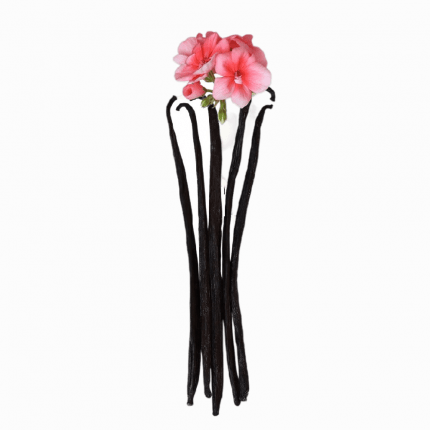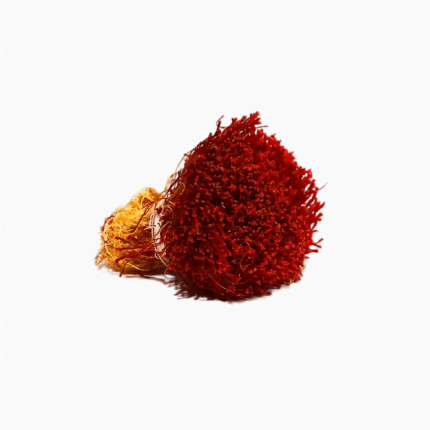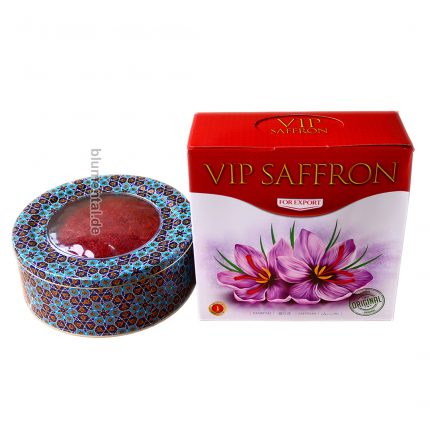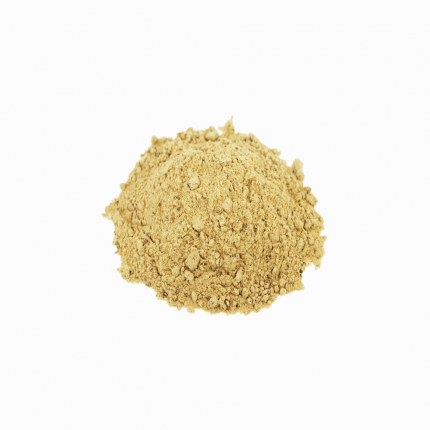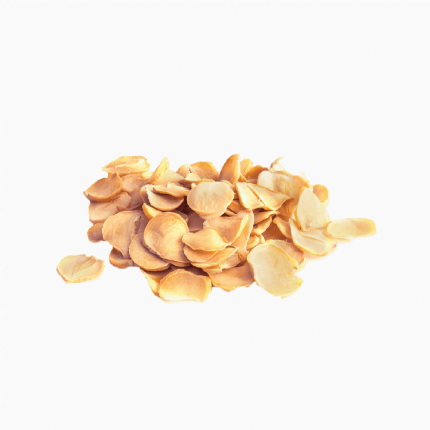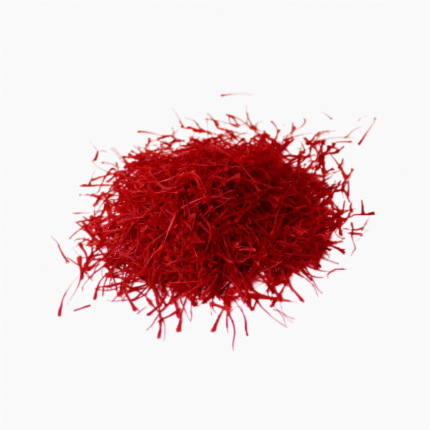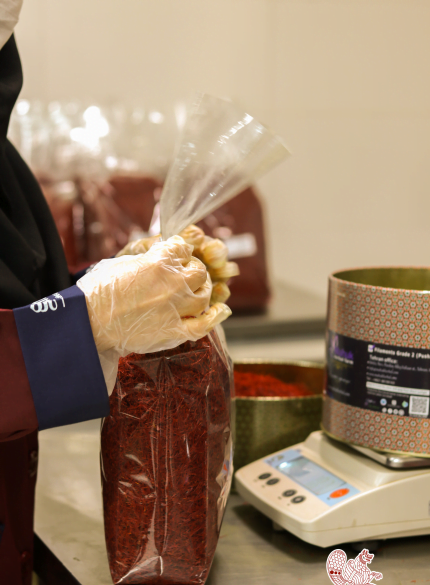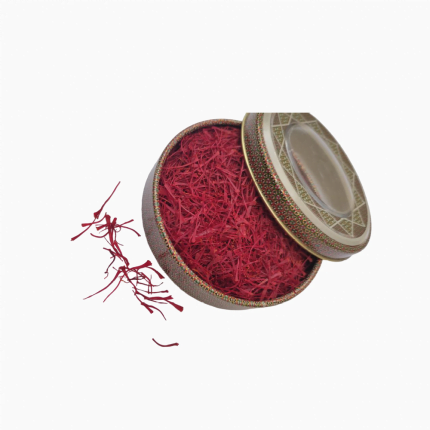Description
Sumac is a small, deciduous shrub that belongs to the genus Rhus and is part of the Anacardiaceae family. It typically grows to a height of 1-3 meters and has pinnate leaves that are arranged alternately on the stem. The plant produces clusters of small, greenish-yellow flowers that bloom in late spring or early summer, and its fruit is a small, red drupe that ripens in late summer or early fall. The fruit is harvested and dried and then ground into a coarse powder for use as a spice in cooking.
Sumac is produced and consumed primarily in the Middle East, North Africa, and Mediterranean regions. Iran, Turkey, and Syria are the largest producers of sumac, although it is also grown in smaller quantities in other countries. The global demand for sumac has been increasing in recent years, driven by the growing.
Red sumac and brown sumac are two different colors of sumac, a plant that is commonly found in many parts of the world. The color of the sumac can vary depending on the species and the environmental conditions in which it grows.
It is a hardy plant that can grow in a variety of soils and climates, from semi-arid regions to subtropical zones.
Red sumac typically has a bright red color, which can range from deep burgundy to a lighter shade of red-orange. Brown sumac, on the other hand, has a darker, earthy brown color, which can range from a light tan to a dark chocolate brown.
Both red and brown sumac have a tart, tangy flavor and are often used as a spice in Middle Eastern and Mediterranean cuisine. They can be used to add flavor to dishes such as salads, meats, and dips, and can also be brewed into a tea.
In the kitchen, ground red sumac is often used in dressings, marinades, spice blends, and as a finish on dishes such as hummus or grilled meats.
Sumac powder can also be mixed with other spices, such as cumin, coriander, or paprika, to create a flavorful spice blend.
Blumental Bayern GmbH is a company engaged in the manufacturing, wholesaling, bulk sales, and distribution of premium organic and conventional agricultural products and food ingredients. Our extensive range includes top-quality items such as Saffron Wholesale, Sumac Wholesale, Dried Fruits and Nuts Wholesale, Barberries Wholesale, Dried flowers Wholesale, Rose Wholesale, Calendula Wholesale, Mallow Wholesale, Citrus flowers (orange blossom) Wholesale, Dates Wholesale, Gums Wholesale, Essential oils and Syrups Wholesale, Spices Wholesale, Herbs Wholesale, and seeds Wholesale.
Product Data Sheet
For the latest data sheet and analysis please contact us
Please note that the specification sheet may not correspond to the current batch. For the most updated version, please contact us
Frequently Asked Questions
Contact us for any furthur questions
Sumac spice is obtained from the dried fruits of the sumac tree. The fruits are harvested and dried, and then ground into a coarse powder, resulting in the versatile spice known as sumac.
Our sumac spice is made from fruit without stones, ensuring a high-quality product with a pure taste and texture.
Sumac is primarily produced and consumed in the Middle East, North Africa, and Mediterranean regions. The largest producers of sumac are Iran, Turkey, and Syria.
Red sumac and brown sumac are two different colors of sumac. Red sumac typically has a bright red color, ranging from deep burgundy to a lighter shade of red-orange. Brown sumac has a darker, earthy brown color, ranging from light tan to dark chocolate brown.
Sumac is a versatile spice used in Middle Eastern and Mediterranean cuisine. It can be used to add flavor to salads, meats, dips, and even brewed into a tea. Ground red sumac is commonly used in dressings, marinades, spice blends, and as a finishing touch on dishes like hummus or grilled meats.


